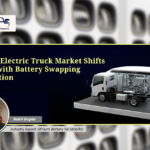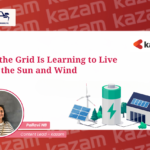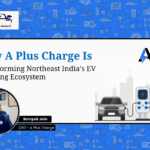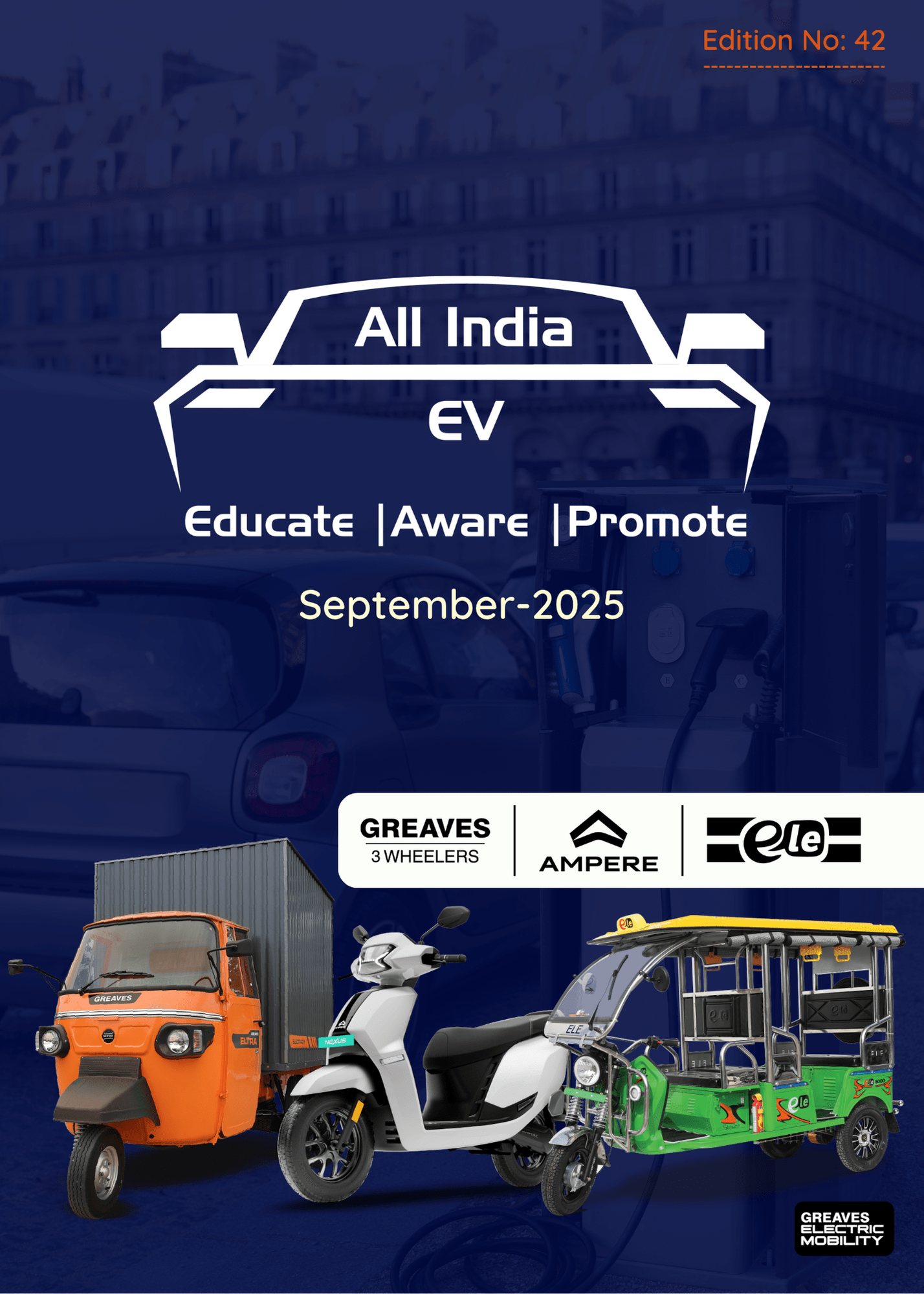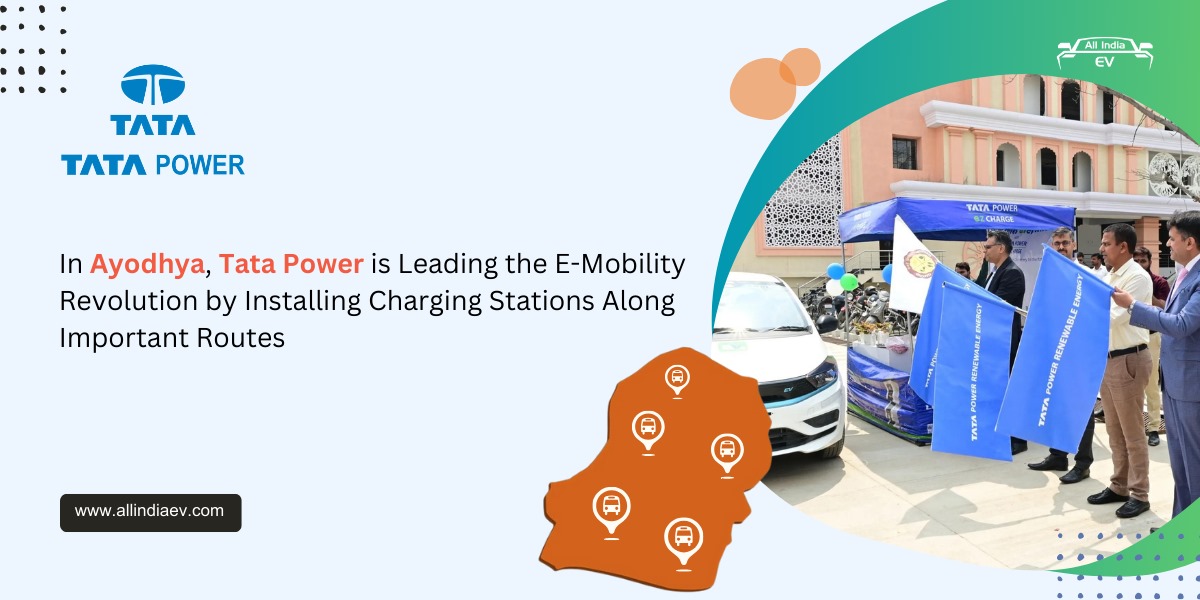
Many electricity markets still reward steady generation over flexible response. That makes it harder to price or incentivize grid services like frequency control, demand shifting, or local balancing, the very tools needed in a renewable grid.
- Integration is the hard part of the clean- energy transition, not just capacity growth.
- India is scaling renewables fast, but the challenge is making them reliable, grid- friendly.
- Initiatives like IES, storage incentives, digital grid upgrades are real signals.
For EV fleets, charge-point operators and OEMs: build your energy system like a flexible asset, not just a cost centre.
When South Australia lost power in September 2016, it wasn’t because renewables “failed.”
A massive storm tore through transmission towers. As the grid faltered, several wind farms automatically shut down to protect their equipment. Within seconds, the state was dark.
The blackout became a case study in how clean power can expose the fragility of an old grid, not because wind or solar are unreliable, but because our grids weren’t built for them.
And that’s the real story here: the world is installing record levels of renewables, but integrating them into stable, flexible, real-time power systems is proving much tougher than expected.
The surge in renewables
In September 2025, India quietly hit a milestone: 500.89 GW of total installed capacity, more than half of it from non-fossil sources like solar, wind, hydro, and nuclear.
Solar alone contributes about 127 GW, wind about 53 GW. On one record day in July 2025, renewables supplied over 51 % of India’s total electricity demand.
Globally, it’s the same story: new solar and wind are the cheapest sources of electricity in history, and countries from China to the U.S. are racing to decarbonize their grids. But capacity growth and grid readiness are two very different things.
Why integration is hard?
Adding renewables is like plugging thousands of new “micro-power plants” into a system designed for a handful of giant ones. The technical, economic, and regulatory gaps are real, and costly.
- Variability and low inertia
Traditional coal and gas plants spin heavy turbines that stabilize frequency. Solar panels and wind turbines connect through electronics — they don’t “spin,” and they don’t add inertia.
When clouds roll in or the wind drops, voltage and frequency can swing faster than old-school grids can handle.
That’s what magnified the South Australia blackout. The wind farms performed as programmed, but their safety settings, designed for short-term faults, cascaded into a system- wide collapse.
- Transmission bottlenecks
Even if you build renewables, you have to move that power. India’s green-energy corridors are catching up, but many solar parks still face evacuation bottlenecks.
The same issue is throttling projects in the U.S, where the Department of Energy’s 2025 Reliability Report warns that grid build-out is far behind renewable growth.
In other words, there’s a clean-energy traffic jam: too much generation, not enough highway.
- Flexibility and storage gaps
Solar peaks at noon; demand peaks in the evening. Without large-scale batteries, pumped hydro, or flexible demand, we waste cheap power during the day and burn fossil fuels at night.
Market and regulation lag
Many electricity markets still reward steady generation over flexible response.
That makes it harder to price or incentivize grid services like frequency control, demand shifting, or local balancing, the very tools needed in a renewable grid.
- Distributed chaos
Rooftop solar and electric vehicles add a final twist. Energy is no longer flowing one way, from grid to homes, but two ways, with millions of devices injecting or drawing power dynamically.
That’s a coordination nightmare for distribution networks that were never meant for it.
A Science Advances paper from 2022 warned that as solar penetration grows, grid stress doesn’t increase linearly, it jumps suddenly from “stable” to “failure” when system flexibility runs out
What India Is Doing to Make Integration Happen?
This is the key for fleet operators, charge‐point operators, and EV OEMs: the integration story isn’t just technical, it’s operational and regulatory. India is pulling multiple levers.
Digital Backbone: India Energy Stack (IES)
The India Energy Stack (IES) is a newly announced initiative by the Ministry of Power to create a digital public infrastructure (DPI) for the power sector.
Core features:
- Unique IDs for consumers, assets and transactions.
- Real-time, consent-based data sharing; open APIs for system integration.
- A roadmap: 12-month proof of concept with selected utilities.
In essence: IES will enable more seamless connection of distributed energy resources (DERs), active consumers, and distributed generation into the grid fabric.
Flexible Generation, Storage G Market Reforms
- A major grid-integration study by National Renewable Energy Laboratory (NREL) for India found that integrating 100 GW solar + 60 GW wind by 2022 was technically feasible, with modest incremental cost, if transmission corridors, regional dispatch and coal-fleet flexibility were in place.
- Storage and grid-free technologies are also being incentivised; transmission-charge waivers for storage projects until 2028 is one example.
Transmission G Grid Modernisation
- India is undertaking “Green Energy Corridors” to evacuate renewables from resource-rich regions to demand centres.
- Distribution grid modernisation and digitisation are also gaining pace: e.g., utilities are being pushed to integrate DERs, EV load, smart‐metering and digital control.
Why this matters for you (fleet/EV/charge-point operator):
- With IES, your assets (chargers, batteries, rooftop solar) can plug into the grid smarter, via interoperable APIs and real-time data flows.
- Storage + smart dispatch means you can charge when solar is high / tariff is low, and shift away from peaks, improving cost & grid stability.
- Market and regulatory reforms mean you’ll have more options: ancillary services, demand response, export of surplus, not just load, but flexibility.
- The grid is turning into a dynamic marketplace. If your fleet is energy-aware and grid-aware, you can participate in more than just “charge the truck”, you become a grid asset.
EV Charging as Flexible Load
The mismatch between renewable generation and demand, solar peaks at noon, but demand peaks in the evening, creates curtailment, price swings, and fossil backup reliance.
However, EV charging offers a rare, controllable load that can shift in time, geography, and speed.
- In California, grid operators are already coordinating with EV fleets to delay or accelerate charging based on renewable availability.
- In Europe, fleet depots and charge-point operators use smart charging platforms to optimize against hourly wholesale prices and carbon intensity.
Vehicle-to-Grid (V2G) and Storage Integration
The growth of EVs also brings with it an enormous amount of distributed battery storage.
By 2030, the global EV fleet is expected to hold terawatt-hours of battery capacity, far surpassing grid-connected stationary storage.
Bidirectional charging (V2G) allows EVs to export energy back into the grid during peak demand or voltage dips.
Vehicle-to-home (V2H) and vehicle-to-building (V2B) use cases provide localized backup and peak shaving in microgrids or urban centers.
- In Japan and South Korea, EVs are already integrated into emergency resilience planning, acting as mobile energy sources after disasters.
In essence, EVs blur the line between transport and energy infrastructure acting both as consumers and suppliers of electricity
The next frontier: local trading and smarter consumers
If the last decade was about building generation, this decade is about coordination, across every level of the grid.
Imagine a fleet depot in Lucknow with rooftop solar panels, EV chargers, and a small battery bank. On a sunny afternoon, it produces more than it consumes.
With tools like Kazam Buzz, that surplus can be traded locally, to a nearby shop, charger, or household.
That’s how renewable integration scales: not just top-down from massive solar parks, but bottom- up, from thousands of intelligent, connected micro-grids that respond to price, time, and need.
Electric mobility in India is accelerating at an extraordinary pace -yet until recently, the Northeast remained on the sidelines of this transition. The region’s breathtaking hills, rich biodiversity hubs, and vibrant tourism destinations were held back by long-standing infrastructure gaps, difficult terrains, and low early EV penetration.
A Plus Charge (Alternat EV Solutions Pvt. Ltd.), a Guwahati- based Charge Point Operator (CPO), is rewriting this narrative with a bold mission: to build the Northeast’s most trusted and widespread EV charging network.
Instead of relying only on theoretical market projections, the company leans heavily on direct market signals:
- Guidance from auto OEM partners based on real customer vehicle demand;
- Ground-level surveys to map mobility heat zones;
- Priority deployment along national highways ensuring a charger every 60 km;
- Presence in tourist corridors like Kaziranga and Shillong where access matters most; and nodes around workplaces, airports, malls, colleges, and residential hubs.
This approach reduces range anxiety and builds trust where it matters most -when someone is on the move and needs reliable support.
Technology is helping accelerate confidence. Every A Plus Charge station is cloud-connected through the APLUS App – enabling real-time station visibility, smart payments, remote diagnostics, and interoperability for all EVs. Smart load management and solar compatibility ensure grid efficiency while readying the network for a greener future. Through strong uptime commitments and responsive customer support, the brand is positioning itself as a dependable infrastructure partner.





